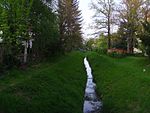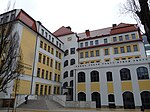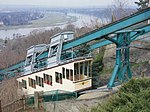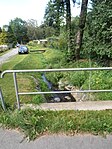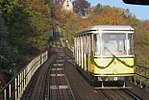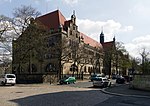Johannisfriedhof, Dresden
Cemeteries established in the 1880sCemeteries in DresdenHeritage sites in SaxonyLandmarks in GermanyLutheran cemeteries in Germany ... and 1 more
Tourist attractions in Dresden
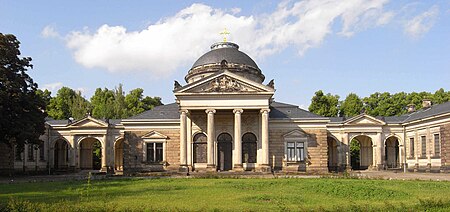
St. John's Cemetery (German: Johannisfriedhof) ) is the second cemetery of the same name in Dresden, Saxony, Germany. It is located in the Tolkewitz district of the city. With its 24.6 hectares, the Evangelical Lutheran Johannisfriedhof was the largest cemetery in Dresden until the municipal non-denominational Heidefriedhof was established in 1934.
Excerpt from the Wikipedia article Johannisfriedhof, Dresden (License: CC BY-SA 3.0, Authors, Images).Johannisfriedhof, Dresden
Tolkewitzer Straße, Dresden Tolkewitz (Blasewitz)
Geographical coordinates (GPS) Address Nearby Places Show on map
Geographical coordinates (GPS)
| Latitude | Longitude |
|---|---|
| N 51.038333333333 ° | E 13.816111111111 ° |
Address
Andachtsplatz
Tolkewitzer Straße
01279 Dresden, Tolkewitz (Blasewitz)
Saxony, Germany
Open on Google Maps
